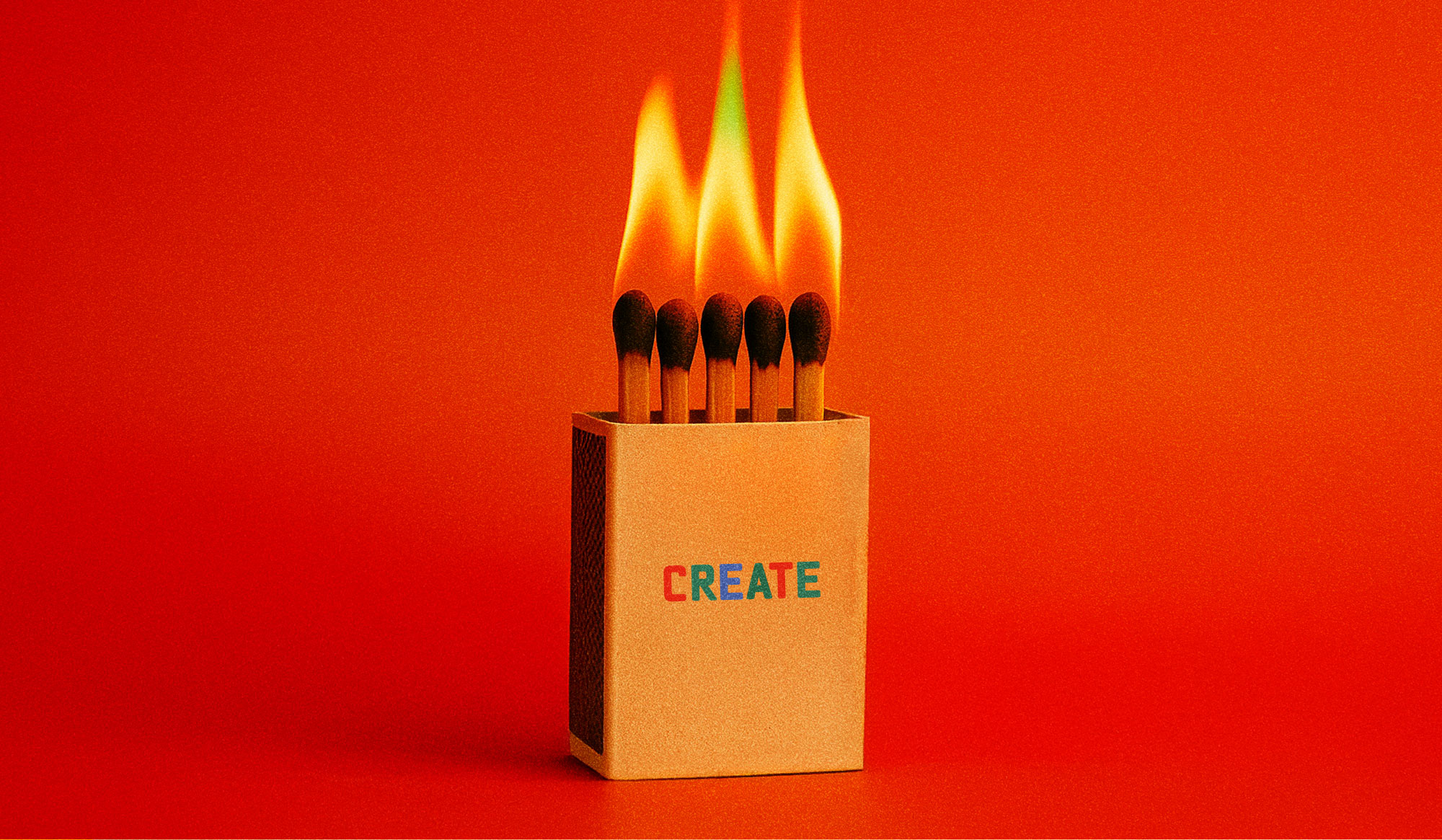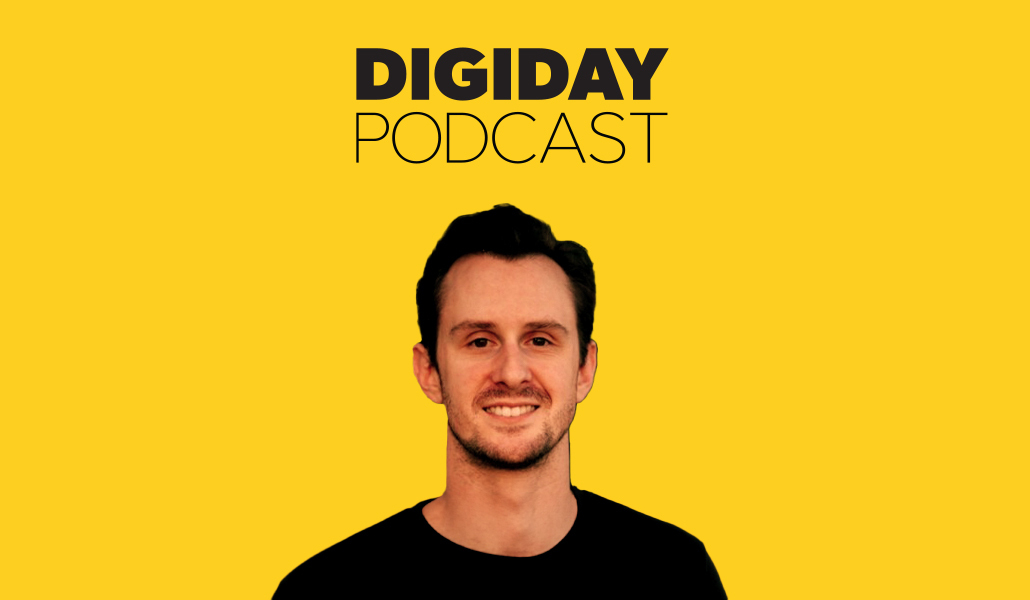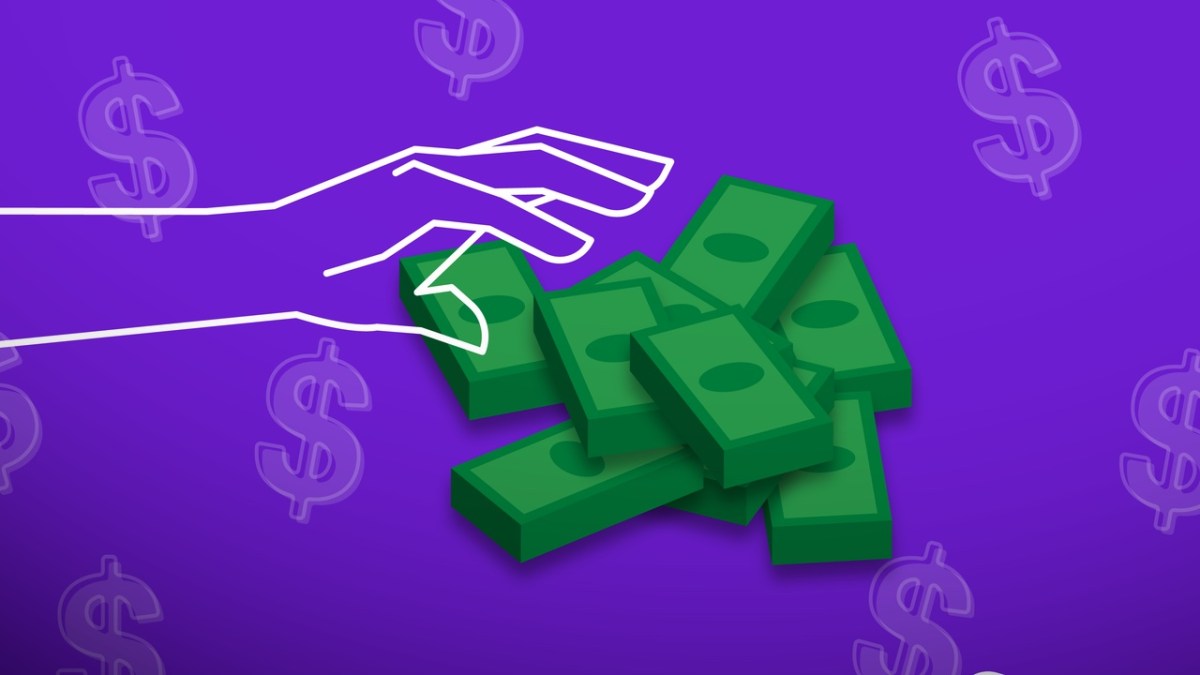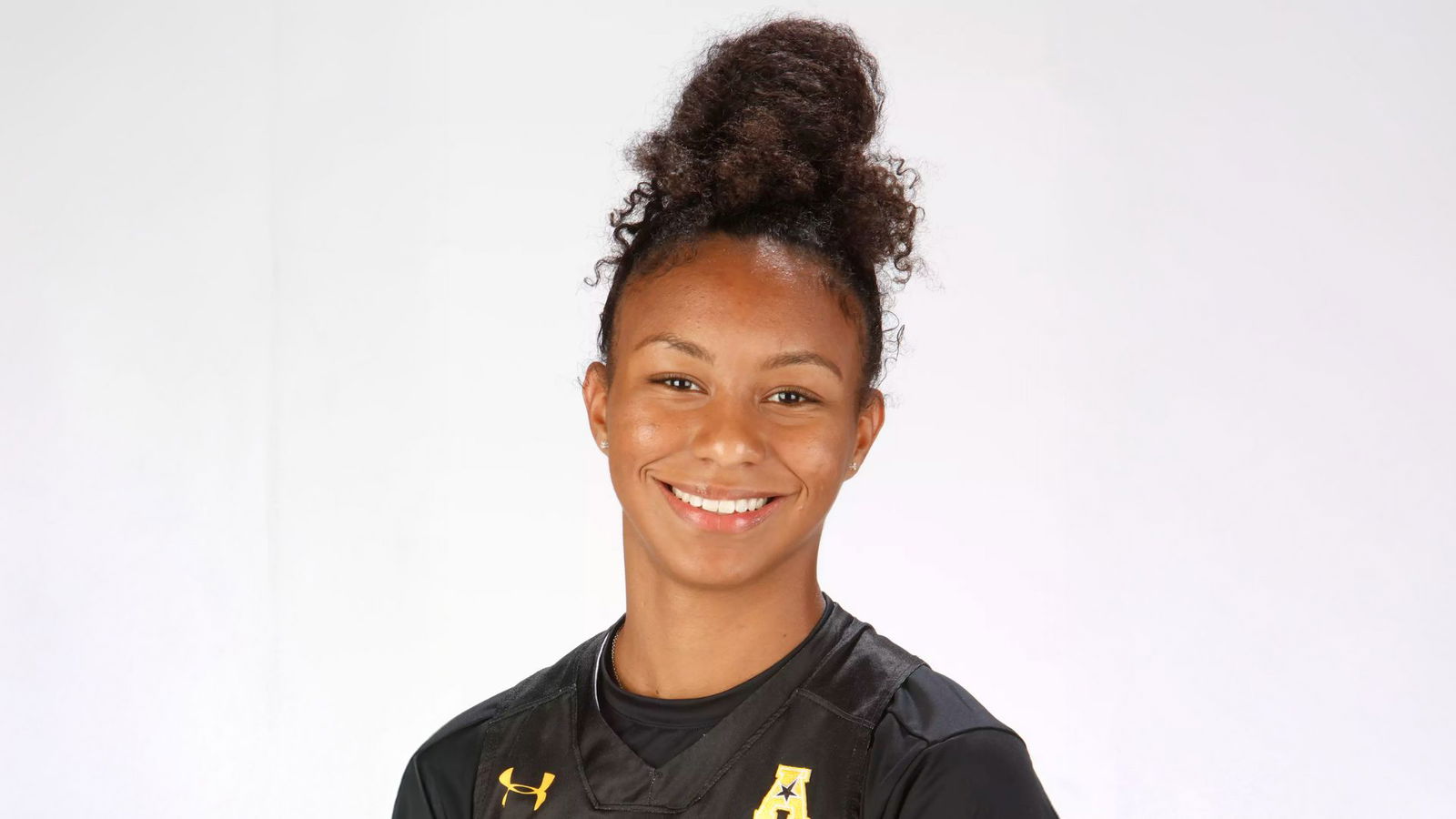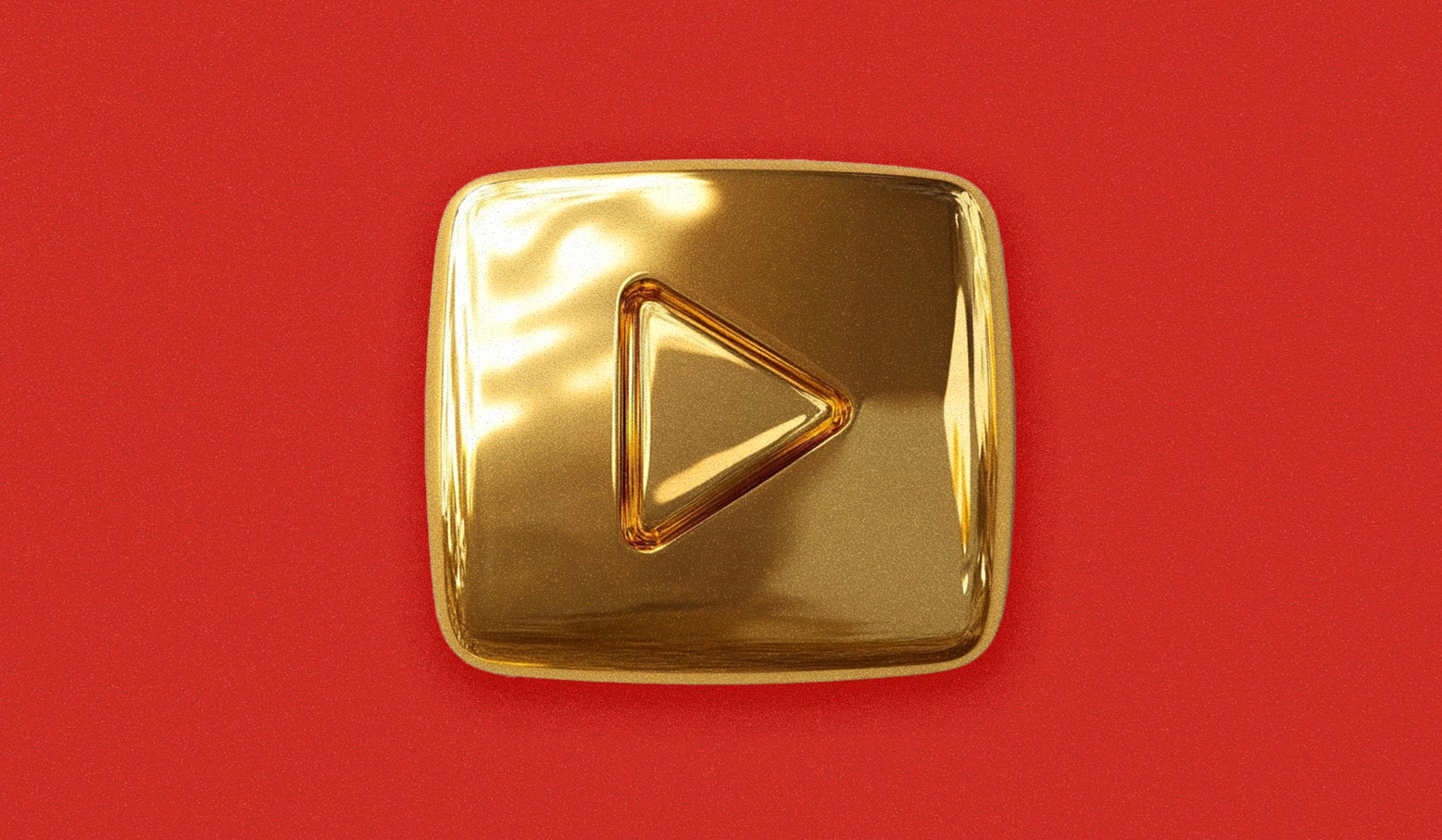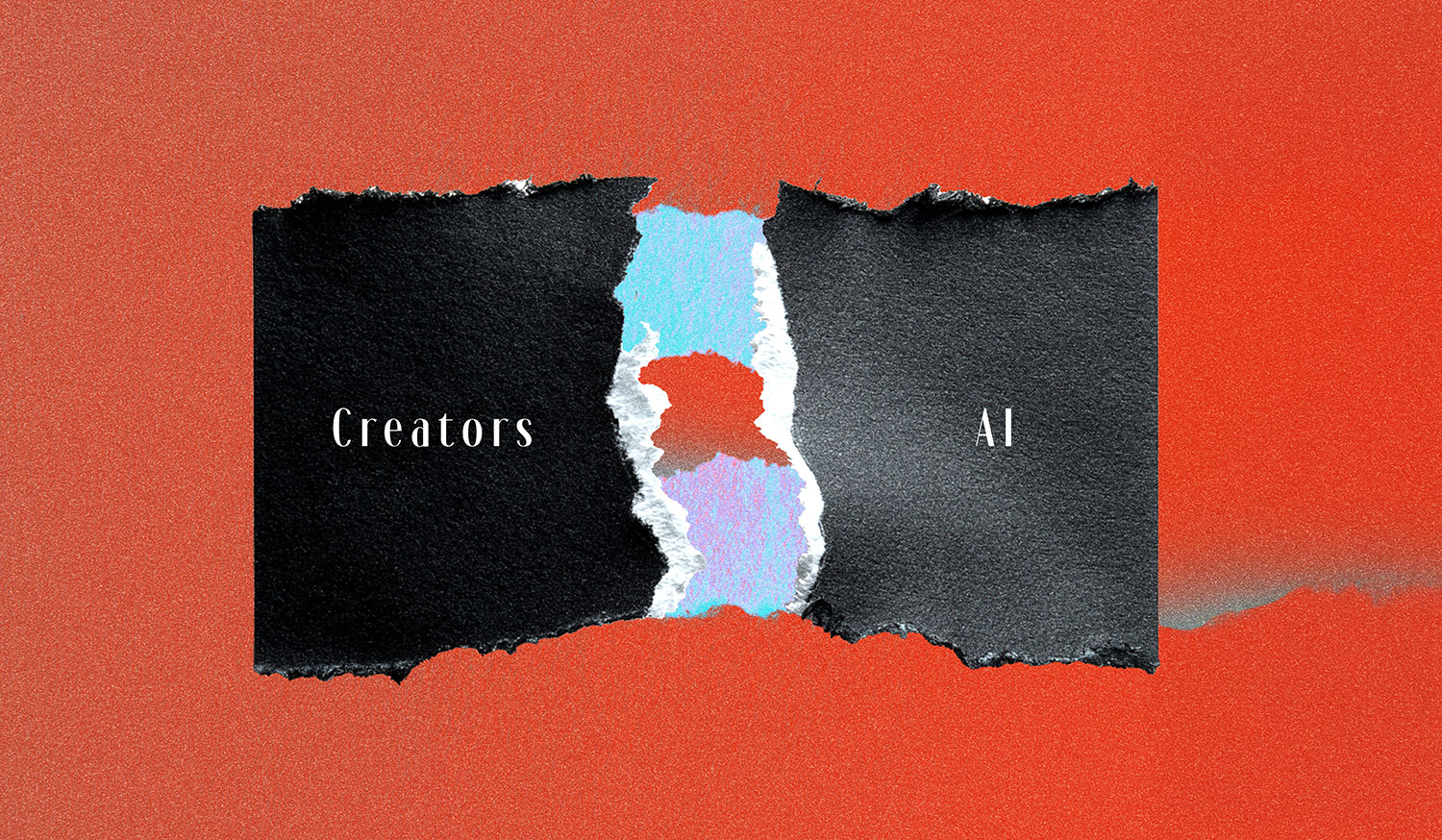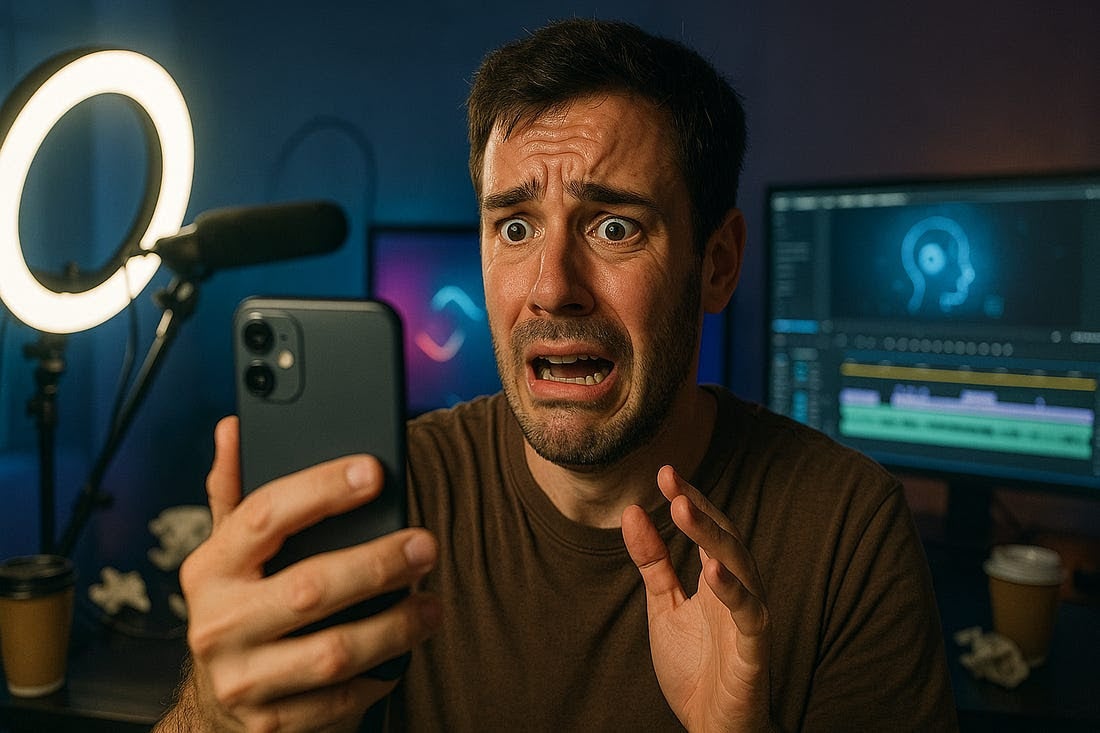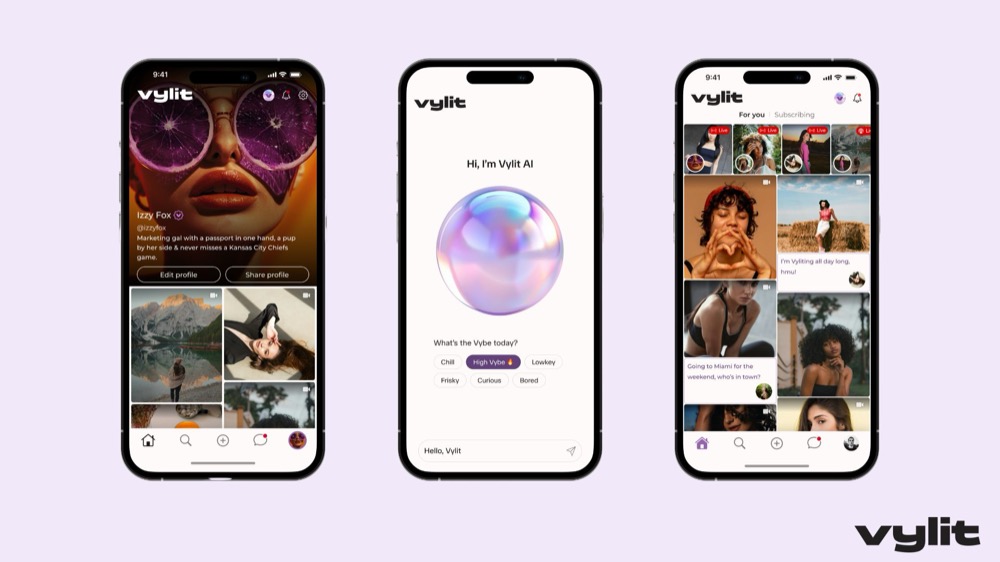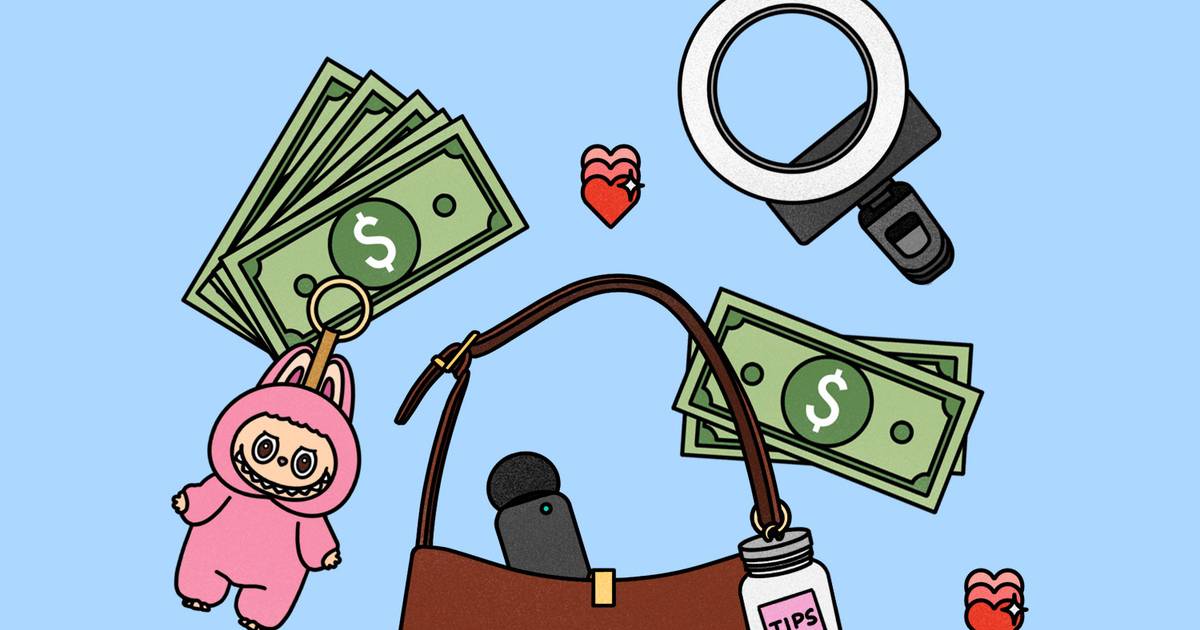#creator-economy
#creator-economy
[ follow ]
#influencer-marketing #youtube #authenticity #tiktok #advertising #ai #ai-generated-video #social-media
fromFortune
6 days agoWill the future of telecom growth depend on content creators and AI? | Fortune
For decades, telecommunications companies have been the quiet power behind the world's digital transformation. They connect billions, fuel global commerce, and enable nearly every modern convenience. Yet despite that foundational role, telcos have often struggled to capture the consumer imagination or command the kind of loyalty enjoyed by tech and social media brands built on top of their networks. Today, two converging forces can change the equation: the rise of the creator economy and the rapid maturation of artificial intelligence.
Marketing
fromNieman Lab
1 week agoTalking Points Memo is doing a fun series about the last 25 years of digital media
Individuals trying to support themselves via subscriptions are as dependent on the whims of the marketplace as those working for large corporations, and it's not just the lack of health care and 401ks that make the career of a patron-supported creator precarious - it's the rawness and immediacy of the relationship.
Media industry
fromSan Diego Union-Tribune
1 week agoYouTube steps up its shopping game with help from influencers
Inside a historic aircraft hangar in Playa Vista, crowds of people gathered on Thursday to browse the latest fashions from handbags to clothing and shoes as they prepared for the holiday shopping season. These weren't shoppers or retailer buyers searching for the latest products. Instead, they were YouTube video creators who were being courted by brands from Lowe's to Shark Beauty to encourage online audiences to buy their products.
E-Commerce
fromAxios
1 week agoExclusive: YouTube sponsorships surge 54% as brands bet on creators
By the numbers: Gospel Stats tracked 65,759 sponsored videos in the first half of 2025 that drove 19.1 billion total views, up nearly 28% year-over-year. News aggregation app Ground News was the top brand sponsor based on number of sponsored videos with 1,863 integrations in the first half of 2025, up 202% year-over-year, followed by Squarespace, BetterHelp and DraftKings. Ground News also ranked first based on total video views at 664 million, followed by Shopify, BetterHelp and Incogni. MrBeast was the top creator by views on sponsored videos at 1.4 billion, followed by The Ramsey Show, Linus Tech Tips and MeidasTouch.
Marketing
fromAxios
1 week agoExclusive: IAB moves NewFronts and adds CreatorFronts
"I remember back on my agency days, seven years ago, that the upfront conversation started around Christmas," says Cohen, who worked at Magna prior to IAB. "CES was the kickoff to upfront conversation. So there was nothing magical about May for the NewFronts."
Marketing tech
fromVogue Business
1 week agoInfluencers are turning into retailers. Now what?
Now, a new crop of storefronts want to make it easier to shop what we see on our favourite creators' feeds by positioning them as the curators of their own online stores. As the traditional wholesale model falters, it's shaping up to be the next creator economy battleground. In the last three months, ShopMy launched direct-to-consumer (DTC) creator storefronts on its platform, which currently provide affiliate links to creators to tag their recommendations.
E-Commerce
Social media marketing
fromFortune
2 weeks agoYouTuber Hank Green warns Gen Z that being an influencer isn't all lazy mornings and free trips: 'The vast majority of your life is typing' | Fortune
Building a creator career requires sustained, often unglamorous work—consistent content production, niche focus, and clear goals rather than chasing viral fame.
fromForbes
2 weeks agoHow To Make Money With Crypto SocialFi: Base, Kaito Yaps, And Own.App
I still remember when social media first felt like magic, a place where creativity could travel the world in seconds. But as my audience grew, I also realized something else: the platforms owned the data, the content, and the rewards. That imbalance is what SocialFi is changing. And Growing. Per Micro Marketing Insights, the global SocialFi market is projected to exceed $10 billion by 2033.
Social media marketing
fromDigiday
2 weeks agoFuture of Marketing Briefing: L'Oreal builds the data backbone to its creator marketing
Doing it right means systematizing everything: how much creators are paid, which campaigns they worked on, how those campaigns performed, what channels delivered results and whether one creator outperformed another. Most brands simply don't have that level of organization - at least not yet. Their creator programs are fragmented - split across teams, agencies and regions with no consistent way to track performance or reconcile budgets.
Marketing tech
fromFast Company
2 weeks agoThe creator economy won't survive without fixing payments
In Hollywood, actors do not wait half a year to get paid. Under SAG-AFTRA contracts, residuals are distributed within 30 to 60 days of the union receiving payment from studios. That is the standard in one of the world's most complex entertainment ecosystems. Meanwhile, in the creator economy, worth $250 billion and growing, creators are still waiting 90, 120, sometimes even 180 days for money they have already earned.
Film
fromAndroid Police
2 weeks agoYouTube's biggest problem isn't ads - it's trust
YouTube has grown tremendously over the years and has become a popular place to earn a living for many talented creators, while others use it for entertainment. They complemented each other and helped YouTube grow the way it did since its inception. In addition to this mutually beneficial relationship, Google's algorithm deserves credit for YouTube's meteoric rise to become one of the best streaming platforms.
Media industry
fromAlleywatch
2 weeks ago6 Legal Landmines NYC Startups Must Navigate in the Creator Economy in 2025
The creator economy isn't just a trend; it's a full-blown economic shift. Valued in the billions, this new digital landscape has empowered individuals to produce, promote, and monetize content with the efficiency of a startup. As a hub for relentless innovation, New York City is naturally at the center of this movement, with countless founders launching platforms to serve this new generation of entrepreneurs.
New York City
fromWWD
2 weeks agoSummer Fridays' Next Chapter, Lauren Ireland Looks to Build a Legacy Brand With Joy and Structure
"That creator mindset gave us a strong foundation in storytelling," said Ireland. "We felt like there was this bigger story to be told around beauty and self care and infusing this joy into what would normally be a really mundane part of your routine."
Venture
fromModern Retail
2 weeks ago'Social scrolling is the new channel surfing': Behind QVC's TikTok strategy
In April, QVC Group started streaming 24/7 on the social-media platform, broadcasting its products to millions of users. Today, it has a total of five different TikTok channels, including QVC Beauty, QVC Fashion and, as of this month, QVC Home. In addition to running its own TikTok livestreams and offering goods via TikTok Shop, QVC Group works with 400,000 creators, who show off everything from cleaning products to pajamas. In the second quarter of 2025, the company traced more than 100,000 new customers back to TikTok Shop alone.
E-Commerce
fromTechCrunch
3 weeks agoInstagram head Adam Mosseri pushes back on Mr. Beast's AI fears, but admits society will have to adjust | TechCrunch
Instagram head Adam Mosseri said AI will change who can be creative, as the new tools and technology will give people who couldn't be creators before the ability to produce content at a certain quality and scale. However, he also admitted that bad actors will use the technology for "nefarious purposes" and that kids growing up today will have to be taught that you can't believe something just because you saw a video of it.
Artificial intelligence
Higher education
fromLindsey Gamble
3 weeks agoSyracuse Launches Nation's First Creator Economy Center - Lindsey Gamble
Syracuse University opened the nation's first academic Center for the Creator Economy to train students for digital content careers via courses, mentorship, research, and partnerships.
fromWIRED
3 weeks agoPatreon CEO Jack Conte Wants You to Get Off of Your Phone
Jack Conte hates the word "influencers." As the CEO of Patreon, he would rather people call artists "creators" if what they do is build loyal fanbases willing to pay for what they do online. While platforms like TikTok encourage their power users to sell doodads on the TikTok Shop, Patreon wants people to buy into the platform's stars. To pay a few bucks a month to read what they write or listen to what they have to say.
Startup companies
Marketing
fromDigiday
3 weeks agoCreators fear that cheap, scalable AI talent might soon come for their paychecks
AI-generated personalities are increasingly used by platforms and brands, threatening human creators by offering cheaper, controllable alternatives that may shift budgets away from real people.
fromGlossy
4 weeks agoTikTok Live Shopping is proving lucrative for beauty brands across categories
"We always like to be at the cutting edge of everything, especially digitally focused. We'd already seen success on TikTok Shop, and knowing that live selling was the evolution of the platform, it was something we wanted to test into," said CMO Erica Dunivan.
E-Commerce
fromBusiness Matters
1 month agoSide Hustles in the Digital Age: Turning Online Passions into Revenue
Gaming is one of the clearest examples. Fortnite, with its global player base, has created an entire culture where digital progress now carries real-world value. Marketplaces that handle trades, such as platforms offering GG Chest Fortnite accounts, show just how quickly hobbies can turn into entrepreneurial ventures. In the past, this might have sounded far-fetched. But in today's world, it has definitely become part of a booming digital economy.
Digital life
Marketing tech
fromExchangewire
4 weeks agoPerformics' Rob Georgeson on AI Rewriting the Rules, Publishers' Dwindling Traffic, and Diversification
AI answer engines synthesise information and reduce publishers' page views and ad impressions by delivering direct answers that eliminate clicks to source websites.
Marketing
fromThe Drum
1 month agoSport marketing's 'full-circle' moment: creator and licensing deals changing the game
Sports marketing is shifting toward athlete-driven content, high-performance storytelling and investments in athlete-owned media IP, with licensing, sponsorship and influencer deals growing.
Venture
fromLondon Business News | Londonlovesbusiness.com
1 month agoXena and the future of social media: Finding growth in a saturated market - London Business News | Londonlovesbusiness.com
Niche-focused, locally tailored voice-chat platforms can grow despite global social media saturation by addressing underserved regional and generational demands for meaningful, interactive engagement.
fromNBC 5 Dallas-Fort Worth
1 month agoThe rise of over-40 influencers on social media
"We have seen this in recent studies. The younger social media users are looking at older people as authorities on things that they like," Xie said. A 40-something finding success is Dallas influencer Chris Kahle. "It was kind of weird how it happened," Kahle said. "It wasn't even something I was thinking about. I literally posted about my neighbors back in 2024, and the post went viral. That put me over 10,000 followers, and it's been growing fast ever since."
Social media marketing
fromSocial Media Today
1 month agoTikTok Provides Tips for Luxury Brand Marketers
Luxury today? It's less about showing off, more about showing who you are It's emotional, personal, and tied to identity. Heritage still counts, but real impact comes from brands that make people something. This trend resonates strongly with numerous TikTok-born movements, from #mecore to #Iprobablyneedahug all focused on helping people express their emotions first and foremost. It's all about feeling, before flaunting.
Social media marketing
Artificial intelligence
fromVariety
1 month agoAI Film Studio Launch Marks Animeta's Expansion Into Scalable Content Production (EXCLUSIVE)
Animeta launched a Mumbai AI Film Studio using Google Cloud's Vertex AI to scale AI-assisted, copyright-indemnified content production combining human creativity and automated tools.
fromAdExchanger
1 month agoCourt Is Back In Session; YouTube to ArtificialTube | AdExchanger
"DOJ's proposed changes go far beyond the Court's liability decision and the law" in requiring a divestiture of those businesses, Mulholland writes. On top of the divestiture of the one-time AdX business, the DOJ suggests major changes that go beyond the open web display ad server and ad exchange markets, which were specifically cited in the decision. Another of Google's arguments will be that the business decisions targeted by the DOJ are from, like, six to 16 years ago.
Marketing tech
fromBusiness Insider
1 month agoBill Simmons advises Jimmy Kimmel on how to break up with Disney, a decade after his own dramatic exit
Simmons is no stranger to a high-profile breakup. In 2015, the popular podcast host and media personality had a contentious exit from ESPN, which is also owned by Disney. He rebounded strongly and sold his sports and culture site, The Ringer, to Spotify for close to $200 million in 2020. Simmons said in the latest episode of his eponymous show, "The Bill Simmons Podcast," that Kimmel could similarly strike out on his own.
Podcast
Social media marketing
fromTheWrap
1 month agoCreatorverse: Creator Talent Agencies, Once Mocked, Are Now the Future
Professional influencer agencies like Digital Brand Architects transform creator careers by securing major partnerships, enabling expansion across media, and unlocking business and brand opportunities.
fromInc
1 month agoWhy AI Isn't Up to Replacing This Digital Job
The creator economy is alive and well, and countless small businesses and individual entrepreneurs pay their bills by making short-form videos appealing to the customer on the street. They project a personalized vibe, trying to connect to viewers in more direct and human ways than how endlessly focus-grouped, big-bucks corporate ad campaigns sometimes land. But AI, which is already impacting the job market, is also encroaching on this
E-Commerce
Artificial intelligence
fromFortune
1 month agoA day in the life of 28-year-old CEO Lucy Guo who completes a 50-minute HITT workout every morning | Fortune
Lucy Guo combines extreme adventure, nonstop entrepreneurial work, global travel, and leadership of Passes to scale creators and build businesses from creator relationships.
fromBustle
1 month agoBrittany Broski On Music Career & Weight Loss: 'The World Treats You Differently'
In 2025 Broski is also writing her own rules about what it means to be a creator. In addition to hosting The Broski Reportand her medieval-themed YouTube celebrity talk show, Royal Court - she calls interviewing Superman himself, David Corenswet, a "career highlight" - she recently made her debut as a recording artist, first with what she calls a "proof-of-concept" cover of Harry Styles' "Adore You," followed by two smoldering original singles, "The Sun" and "Stained," which both show off her impressive pipes.
Digital life
fromDigiday
1 month agoBetches brings its viral voice to a new style destination for millennials and Gen Z
"People are craving authenticity; based on the way video is influencing [style] purchases, they want real, relatable creators showing how trends really work," Corvino said. "Creators are the new celebrities, and we know our audience trusts them."
Fashion & style
[ Load more ]
